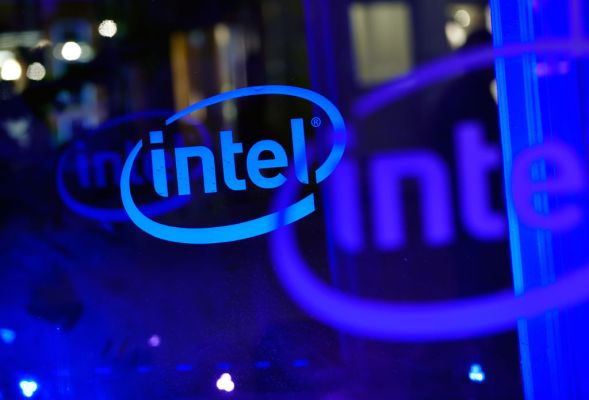Intel wants to bring more artificial intelligence technology into all aspects of its business, and today it is stepping up its game a little in the area with an acquisition. The computer processing giant has acquired Vertex.AI, a startup that had a mission of making it possible to develop “deep learning for every platform”, building a deep learning engine called PlaidML to do this.
Terms of the deal have not been disclosed but Intel has provided us with the following statement, confirming the deal and that the whole team — including founders Choong Ng, Jeremy Bruestle and Brian Retford — will be joining Intel.
“Intel has acquired Vertex.AI, a Seattle-based startup focused on deep learning compilation tools and associated technology. The seven-person Vertex.AI team joined the Movidius team in Intel’s Artificial Intelligence Products Group. With this acquisition, Intel gained an experienced team and IP to further enable flexible deep learning at the edge. Additional details and terms are not being disclosed.”
A note on Vertex’s home page says the team will become part of Intel’s Movidius unit, which was formed around a computer vision chipmaking startup of the same name that Intel acquired in 2016.
Vertex says that Intel will continue to develop PlaidML as an open source project (see its Github page here), where it will continue to support a variety of hardware under an Apache 2.0 license with an Intel nGraph backend. “We are excited to advance flexible deep learning for edge computing as part of Intel,” the company said.
Intel, once a pace-setter and leader in the computing industry on the strength of its processors, has lost some momentum amid a new wave of companies building processors for mobile and other next-generation devices.
The company has set its sights on being at the centre of the next wave of computing, and that is the wider context for its focus on R&D and other investments in AI. Vertex is an interesting company in that regard, as its platform is focused on building AI capabilities into a variety of chips, and is focused on helping bridge the gap between having powerful processors and actually using them to build AI into apps.
“There’s a large gap between the capabilities neural networks show in research and the practical challenges in actually getting them to run on the platforms where most applications run,” Ng noted in a statement on the company’s launch in 2016. “Making these algorithms work in your app requires fast enough hardware paired with precisely tuned software compatible with your platform and language. Efficient plus compatible plus portable is a huge challenge—we can help.” For Intel, this could mean using Vertex’s IP to help build its own applications, or potentially applications for of its customers.
It’s not clear how much funding Vertex.AI had raised. Investors included Curious Capital, which focused on pre-seed and seed-stage funding for startups in the Pacific Northwest; and the Creative Destruction Lab, an accelerator focused on machine learning startups based in Toronto.
Intel doesn’t break out revenues specifically for its Artificial Intelligence Product Group, a business unit it established in March 2017, but last quarter the company noted that its various data-centric business units, where the AIPG would sit, grew by 26 percent, versus six percent for its legacy client computing business. While it’s not growing as fast, Intel’s PC-centric business still makes more than the data-centric business, $8.8 billion versus $7.2 billion.
